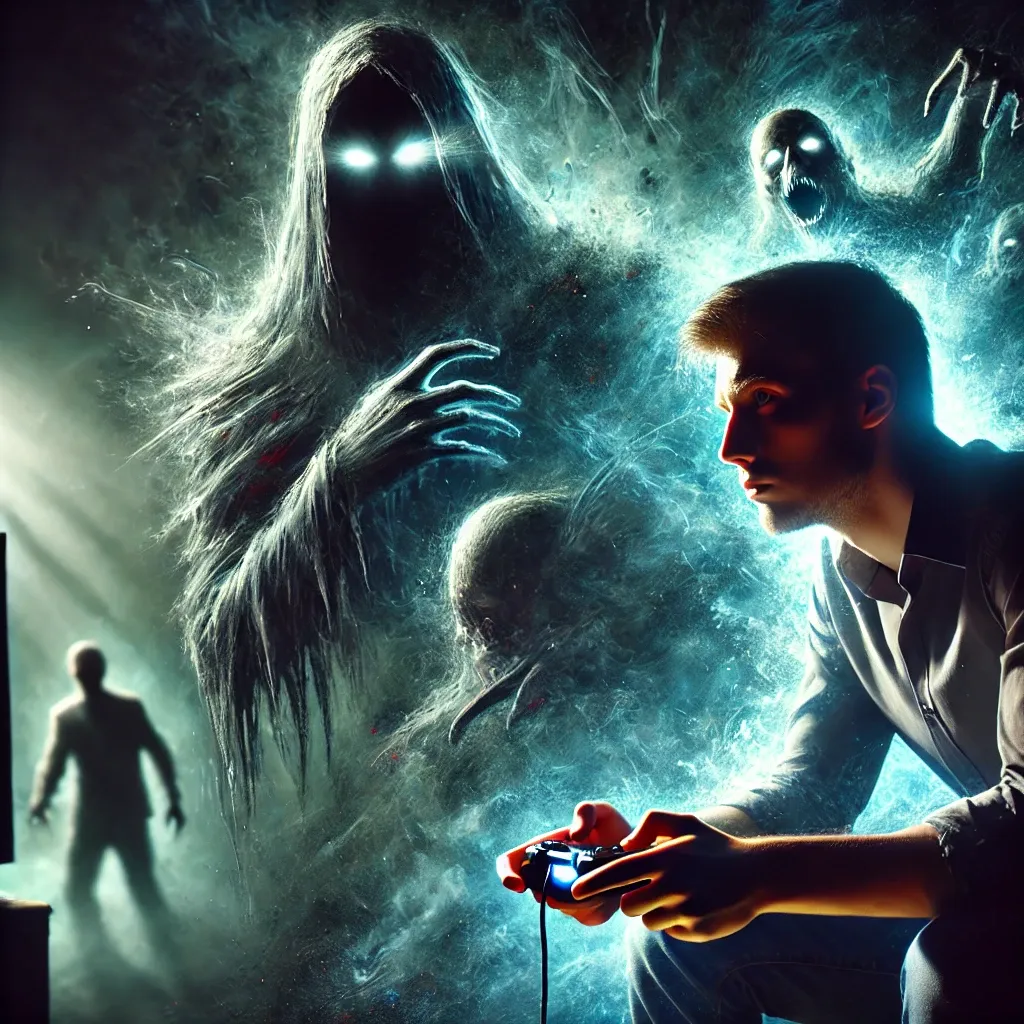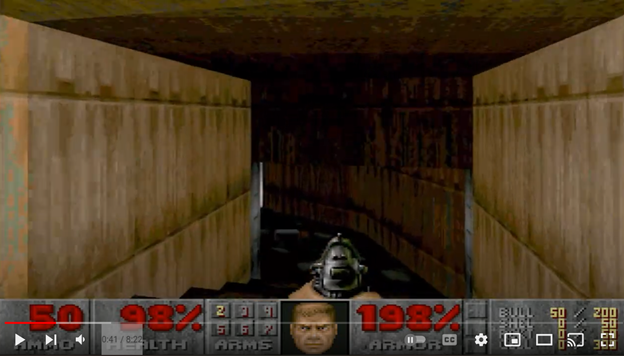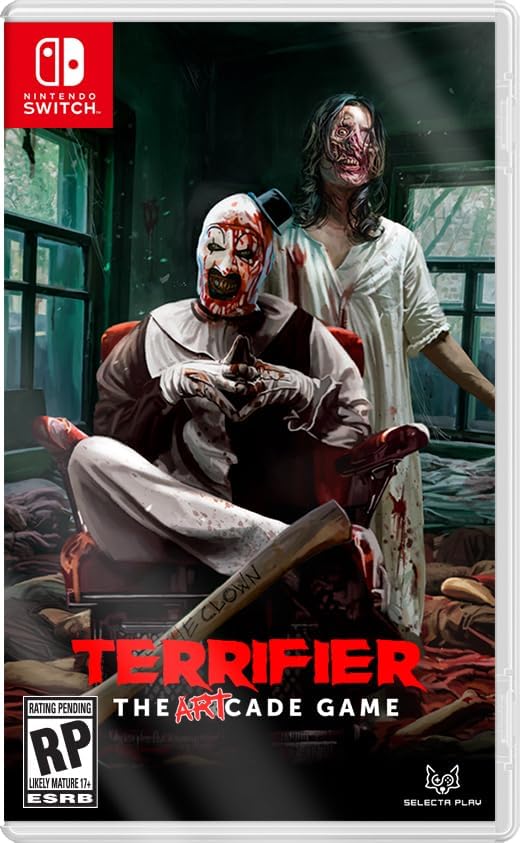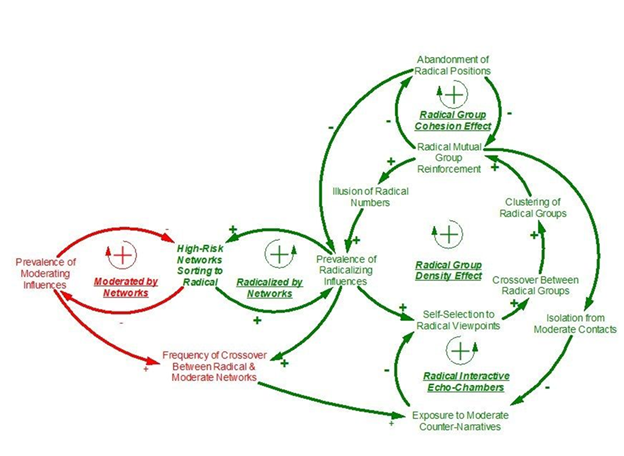
Gaming’s Dark Evolution: How Violence Became the Norm
Many believe video games evolved from the simple, competitive nature of "PONG"—that they were always about good-natured fun. No beheadings, no city-wide destruction, no dismembered bodies for the sake of drugs. Just harmless entertainment, right? And we can always tell the difference between real and fake. Right?
But today’s video games are nearly photorealistic. They feature well-acted screenplays, complex narratives, and secrets within secrets—so much content that few have the time to explore it all. And yet, at their core, many of today’s most popular games revolve around grotesque violence. When I was young, I was told that Dungeons & Dragons was “of the devil.”
The first wave of extreme violence in gaming arrived with 1993’s "DOOM," an 8-bit FPS (First-Person Shooter) that, despite its low-tech specs—4MHz CPU, 64KB RAM—left an undeniable impact. It set the stage for an endless flood of blood-soaked video games, influencing everything from game design to real-world killers. The Columbine shooters were among those who worshipped it. If most people aren’t drawn to extreme gore, then who is demanding this level of brutality? Who craves digital carnage—carcasses, entrails, shattered skulls? About 55% of movies are rated R. Video games have followed the same trajectory, pushing the limits of acceptability.

Once, video games were about participation—you played a role, guiding a character through challenges: wielding an axe, managing a farm, leading a SEAL team, racing F1 cars. Now, it’s kill or be killed. “Violent video games lend themselves to our psychological needs because they’re designed in a way that allows us to achieve a sense of control and accomplishment,” says Professor Kasumovic. But these games also depict the horrors of war, brutal accidents, executions—things no one would have wanted to see before, now presented in full graphic detail. Some imagery is PTSD-inducing.
Buying an R-rated video game means stepping into the mind of a developer fixated on gore. The post-pandemic world has left a demographic of unemployed, pot-smoking gamers who spend endless hours in front of screens, streaming their play on Twitch, snacking in their parents’ basements. Whether they realize it or not, they are affected. The average person might not stomach the most extreme releases, but millions of young players absorb this content, normalizing the grotesque. And the shockingly sad thing is, they seem unaware and unaffected.
And let’s stop pretending games don’t shape behavior. Guns don’t pull their own triggers, and yet people blame firearms for violence. Similarly, no game commits a crime—but it undeniably influences those who play. Games have become training grounds where players are rewarded for killing police, running down civilians, stealing cars, and carrying out criminal acts with impunity. Could this mindset bleed into real life? Look at recent trends: defunding the police, mass lootings, officers assassinated while eating lunch. Crime has spiraled beyond control. Once, strong laws like California’s Three Strikes rule kept things in check—now, stores close due to rampant theft. To say video games don’t play a role in shaping the attitudes of those committing these crimes is willfully ignorant.

In today’s extreme games, you drag bodies for blocks, create highway pileups, flip fire trucks, and gun down drug dealers in the street. What started as fantasy now mimics real life. The result? A society losing its sense of fear. Armed or high, people feel invincible, just as they do in a game.
If we don’t recognize the impact of violent games on real-world attitudes, we are blind to the way they dismantle society. With gunfire ringing out 24/7, is it any wonder that some find solace in playing out acts of revenge?
We know violent games increase aggression, bullying, and fighting. Studies show that simulating violence—whether shooting guns or engaging in hand-to-hand combat—translates into real-world behavior. Many mass shooters played violent video games. These games desensitize players to real violence, making it seem ordinary, even entertaining.
So what happened? Decades ago, games were about catching bad guys, building kingdoms, growing trees, racing cars, hitting baseballs. We were green, innocent. Did we need grotesque violence? No. But as humans, we crave gore. And now, extreme gaming culture fuels other societal problems—racism, sexism, desensitization to brutality. We are obsessed with both the human body’s beauty and its destruction. Admit it—it’s strange.
Researchers from UNSW Sydney suggest that violent video games fulfill deep psychological needs. By drawing on evolutionary psychology and cognitive evaluation theory, they explain why these games captivate us: they provide an outlet for dominance, control, and hierarchy.
Consider how games blur the lines between reality and fiction. A man famously joined the U.S. Navy after mastering "Flight Simulator." A child can now learn to drive with ultra-realistic racing games years before they can legally acquire a driver’s license. But if a game can teach valuable skills, it can also instill destructive ones. Without guidance, young players absorb reckless driving habits, criminal mindsets, and an utter disregard for authority. Multiplayer games prove how players revel in ruining others’ experiences—crashing vehicles, causing chaos, sabotaging progress. Left unchecked, these habits carry into adulthood.
Are video games just entertainment, or are they shaping our future? We live in a world where scams and AI-generated deceptions are rampant, where people struggle to separate truth from fiction. Timothy Clancy, Ph.D., asks the better question: "How does extremism spread in online communities formed around video games?"

Violent games dominate players’ waking hours, sucking them into endless maps, hours upon hours lost to a screen. They condition us to commit atrocities for virtual rewards. Today, we struggle to distinguish human from AI, real voices from DeepFakes, honest efforts from scams. Deception has become the norm.
And where does this lead? The normalization of things that should never be mainstream—incest, extreme violence, exploitation. A small percentage of people crave this darkness and force it into popular culture. That is the real danger—not just that games exist, but that they reshape our reality, one blood-spattered mission at a time.
I own 57 driving games. With a Logitech steering wheel, H-shifter, and an emergency brake, I can drive all over the world, in every condition, in any vehicle. I just drove 32 snowy kilometers through the forests of northern Sweden. The realism is authentic, the “willing suspension of disbelief” is palatable, and the feel of the road, thanks to the gear, is tactile. I seldom buy the R-rated games but I know the effort that goes into reproducing driving and can see the glitter of this marvelous technology instilled into the games I’ve cited as despicable.

One famous example is GTA (Grand Theft Auto), a game that almost, almost innocently, started with a fun top-down view with gritty 1999 graphics that had you running around beating people up for their vehicles. The premise was laughable, and the gameplay was quite enjoyable. Fast forward to the present, where the sixth generation of GTA is on deck, and the dynamic realism in every aspect of the character’s life, is immaculately illustrated. Itself a product of the age, GTA is a benchmark game that gets the glory of being so widely distributed, nearly everyone is aware of its theme, even if they’ve never seen it. But it has defects if we’re considering that people don’t feel anything when they kill an electronic cop. And that’s the nerve I feel is being primed.
Gamers today touch the third rail of gaming without getting jolted. YouTube has hours of stupid kids mimicking video games with their naivety reigning. I only want games to show their repercussions, same as when I crash my car in a game and must suffer the damage. But if I turn the damage off, the game allows me to be invincible. And that’s a mighty feeling, the game is largely fiction as I survive infinite fatal crashes. But were I to drive off a cliff in real life, with confidence afforded to me by video games, I would indeed suffer all the realities. To quote Ayn Rand, “You can avoid reality, but you cannot avoid the consequences of avoiding reality.”


